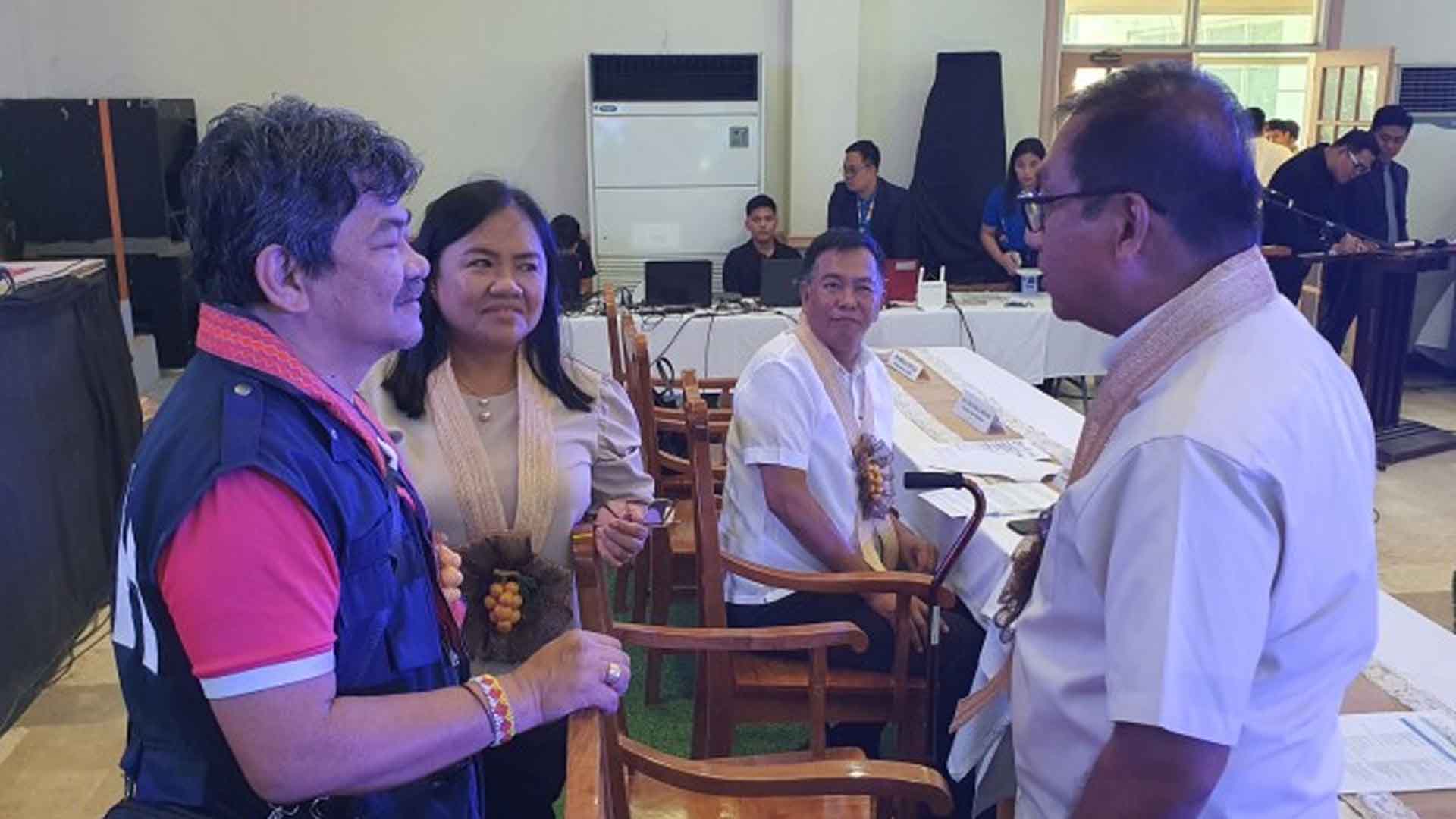This province has been chosen as a pilot site for the formulation of a contingency plan for a volcanic eruption by the Department of Science and Technology (DOST).
During the launching of the five-day workshop on Wednesday, DOST Sec. Renato Solidum Jr. said having a comprehensive plan is crucial because, unlike any other forms of disaster, volcanic eruptions have severe implications for health, economics, and public policies.
“We have to prepare for it; the first thing we should plan is to know hazard and risk; second monitor and forecast, then know when to warn and disseminate the information to the public about the hazards,” Solidum said.
Solidum said the agency picked Camiguin as a model for a national contingency plan since the island province was formed by volcanic eruptions, and home to seven volcanoes, including Mt. Hibok-Hibok, which is still considered active.
Solidum, a former director at the Philippine Institute of Volcanology and Seismology under DOST, noted that the last time Mt. Hibok-Hibok erupted was between 1948 and 1951.
The effects of a volcanic eruption event are longer and consume more resources, especially in today’s scenario, he added.
Once the plan is completed, the DOST chief said it will become part of the disaster risk reduction management mechanism in the country.
Task Force Camiguin
Meanwhile, Camiguin lone district Representative Jurdin Jesus Romualdo on Wednesday also revealed plans to institutionalize the creation of “Task Force (TF) Camiguin” which will be vested with multiple roles in helping communities.
In a speech, Romualdo said while the province is cleared of any security threat, the TF can also serve as a force multiplier for disaster risk reduction management.
Romualdo said the TF is targeted to take shape by the third week of May this year.
“I told the Navy that we can have fast crafts to transport troops, and since it is suitable in our (island) landscape,” he said. (PNA)








